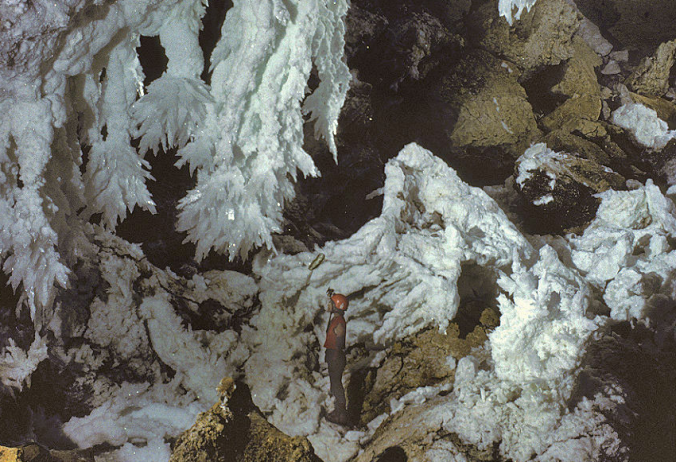My family and I were trapped once in our house by a terrorizing turtle. Last week, I told the saga of that day–and of my lifelong obsession with strange animals–at Story Collider, an evening of live story-telling about science. The recording is now online, and so you can listen to it here. May you have many peaceful encounters with turtles in your life.

There is a scientific picture waiting to be drawn. Someone has to do artistic justice to the evolutionary tree of life.
Back in 1837, Charles Darwin sketched out a tree of life in a notebook as a way to visualize his idea that different species share a common ancestor. In the generations since he published The Origin of Species, biologists have tried to draw trees that distill the actual relationships between living things.

Genomes are like books of life. But until recently, their covers were locked. Finally we can now open the books and page through them. But we only have a modest understanding of what we’re actually seeing. We are still not sure how much our genome encodes information that is important to our survival, and how much is just garbled padding.
Today is a good day to dip into the debate over what the genome is made of, thanks to the publication of an interesting commentary from Alex Palazzo and Ryan Gregory in PLOS Genetics. It’s called “The Case for Junk DNA.”

“We’re in a medical crisis, as bacteria that can resist antibiotics become more common. But, as I write in my new New York Times column, antibiotic resistance isn’t just limited to the doctor’s office. Bacteria all over the world have genes that make them resistant to our best drugs–bacteria living in caves, in ice, in the ocean floor, and in the dirt outside your door. And they probably had those genes long before doctors started using antibiotics.
Continue reading “Our Planet Seethes With Antibiotic Resistance–And Has For A Long Time”
The New York Times, May 8, 2014
The Lechuguilla Cave in New Mexico is a network of chambers stretching 1,600 feet underground. The bacteria that grow on the walls of its most remote recesses have been living in complete isolation for more than four million years.
In 2010, Gerry Wright, a microbiologist at McMaster University in Ontario, ran an experiment on those long-lost bacteria. He and his colleagues doused them with antibiotics, the drugs that doctors have used for the past 70 years to wipe out bacterial infections.
But many of the Lechuguilla bacteria would not die.
Continue reading “Antibiotic-Resistant Germs, Lying in Wait Everywhere”